
The rise of sovereign app-chains has opened a new chapter for blockchain scalability and application-specific innovation. These dedicated blockchains, tailored for unique use cases, offer developers full control over consensus, security, and governance. Yet, as projects embrace autonomy, a persistent challenge emerges: how do we bridge the gap in inter-chain UX so users can move seamlessly across diverse chains without friction?

Fragmented User Experience: The Core Challenge
Even as sovereign appchains unlock new levels of customization and efficiency, users often face a fragmented landscape. Managing multiple wallets, navigating different interfaces, and dealing with inconsistent governance models can be bewildering, even for seasoned crypto natives. Asset transfers between chains remain cumbersome and risky, sometimes involving convoluted steps or third-party bridges that introduce additional attack surfaces.
This fragmentation is not just a technical inconvenience; it is a major barrier to mainstream adoption. As observed by Cosmos, interoperability protocols like IBC are foundational to the future of Web3 because they enable secure communication between sovereign chains. Without these solutions, the promise of customizability comes at the cost of usability.
Strategies for Seamless Inter-Chain UX
The industry is responding with a range of strategies aimed at smoothing out these user experience wrinkles. Here are some of the most promising approaches:
Key Strategies to Improve Inter-Chain UX in Sovereign Appchains
-
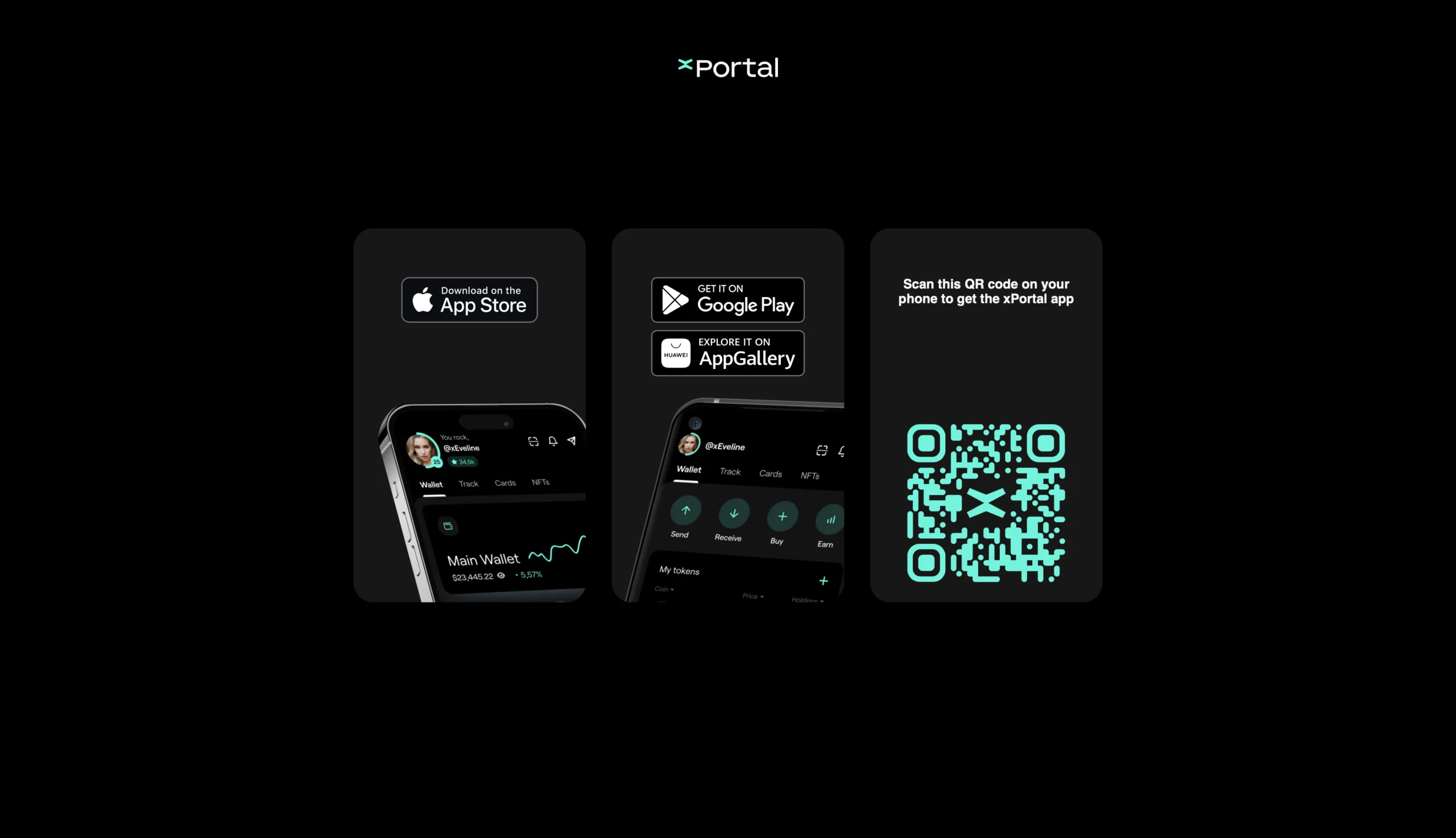
Unified Wallet Solutions: Streamline user interactions by supporting multiple chains in a single wallet. MultiversX’s xPortal enables seamless operations across Sovereign Chains, reducing the need for users to juggle different wallets and interfaces.
-
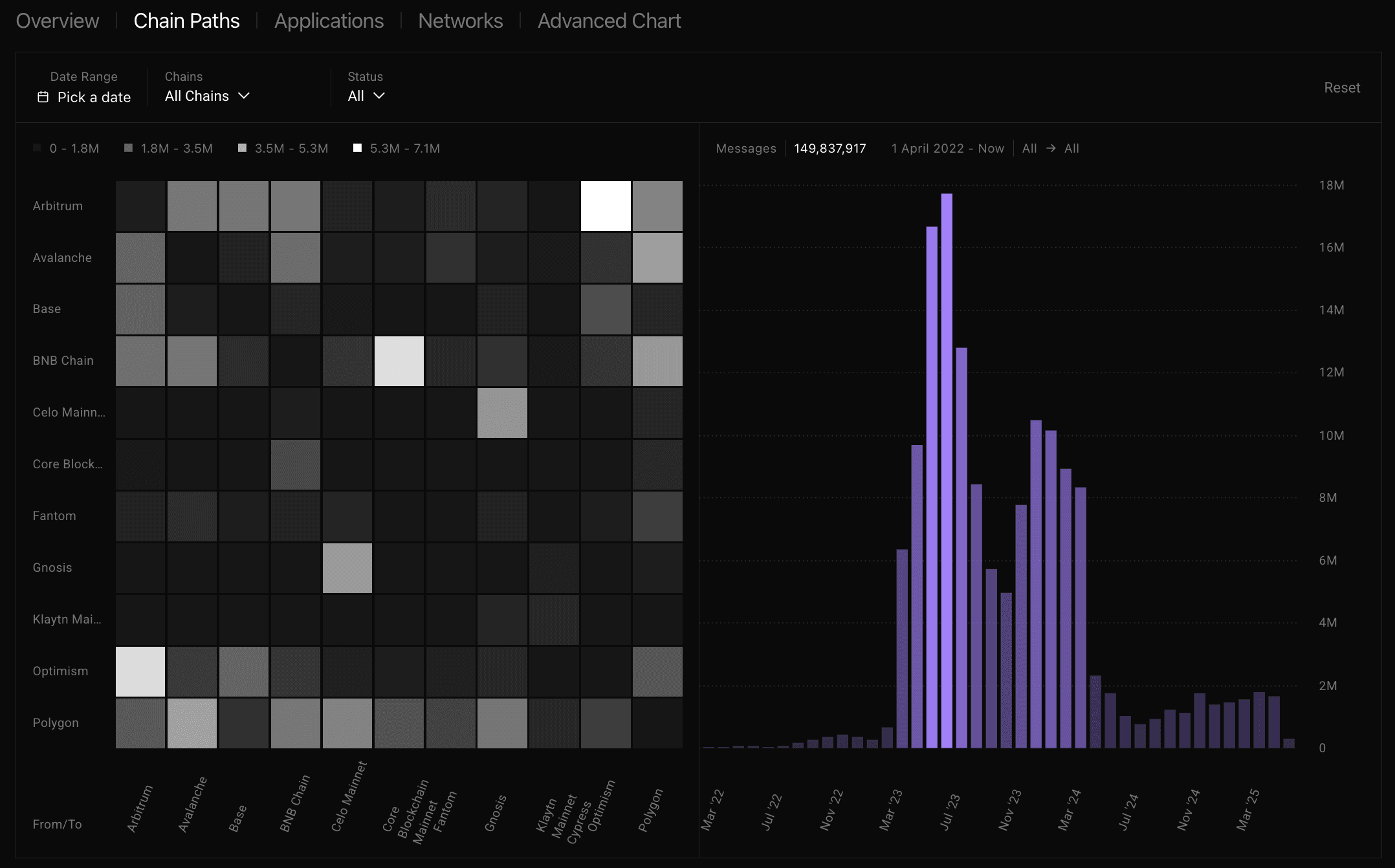
Interoperable Governance Frameworks: Enable seamless cross-chain governance with platforms like Sequere’s Cross-Chain DAO Solutions, which allow on-chain actions and voting to be executed across multiple blockchains without friction.
-
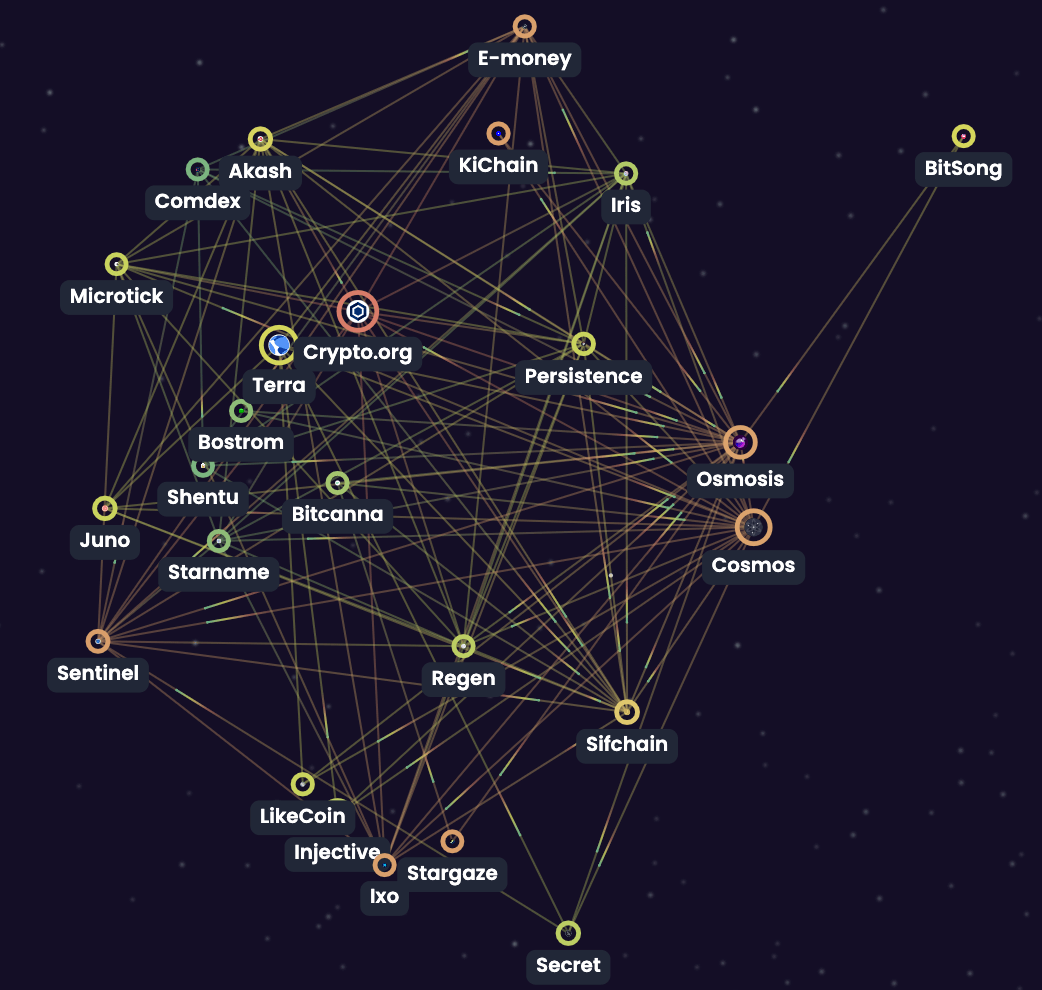
Standardized Communication Protocols: Adopt protocols such as the Inter-Blockchain Communication (IBC) protocol from the Cosmos SDK to ensure secure, efficient, and reliable messaging between app-chains, enhancing interoperability and user experience.
-

Modular Frameworks: Utilize modular designs like Chainless Apps to separate execution, trust, and settlement layers. This approach enables app-specific sequencing and verifiable off-chain computation, providing a Web2-like UX with Web3-grade security.
-

Cross-Chain Interoperability Protocols: Implement trustless solutions such as LayerZero, which offers omnichain interoperability and allows seamless inter-chain transactions without relying on trusted intermediaries.
Unified Wallet Solutions: Projects like MultiversX’s Sovereign Chains are pioneering native extensions that allow operations across multiple chains from a single wallet such as xPortal. This reduces cognitive overhead and makes onboarding smoother for everyday users. For more on this approach, see MultiversX Sovereign Chains.
Interoperable Governance Frameworks: Cross-chain DAO solutions, such as those offered by Sequere, enable unified participation in governance processes across multiple blockchains. This means users no longer need to juggle different voting mechanisms or interfaces when engaging with their favorite protocols (Sequere’s Cross-Chain DAO Solutions).
Standardized Communication Protocols: The adoption of protocols like IBC has been pivotal in allowing secure and efficient communication among app-chains. By making cross-chain interactions as seamless as possible, these standards help realize the vision of unified liquidity and user experience.
The Modular Future: Separation of Concerns
A modular approach is rapidly gaining traction within the developer community. By separating execution, trust assumptions, bridging mechanisms, and settlement into distinct layers, modular frameworks allow builders to optimize each component independently while preserving overall composability.
An example is Chainless Apps, a paradigm where app-specific sequencing and verifiable off-chain computation combine to provide Web2-like UX with Web3-grade security guarantees (arxiv.org Chainless Apps). This separation empowers developers to innovate on fee markets or consensus logic without sacrificing interoperability or user experience.
Another compelling solution is the emergence of trustless omnichain interoperability protocols like LayerZero. These protocols act as low-level communication primitives, enabling secure and seamless inter-chain interactions without reliance on trusted custodians or intermediaries. By abstracting away the complexity of bridging, users can transact and interact across multiple sovereign appchains with minimal friction. This evolution is critical for unlocking unified liquidity and composability in decentralized finance and gaming.
The practical impact of these advancements can be seen in real-world deployments. For example, Picasso Network recently migrated its governance and treasury management to the Cosmos ecosystem, leveraging IBC for cross-chain communication and streamlined community participation. This shift not only enhances scalability but also empowers users to engage in governance across interconnected chains with a single identity (Picasso Network’s mission reaffirmation).
Similarly, SolanaX‘s proposal to build a Solana Layer 2 on MultiversX Sovereign Chains technology aims to address persistent issues like wallet drains, network congestion, and downtime. By leveraging sovereign appchain infrastructure, SolanaX seeks to deliver a more resilient and user-friendly experience within the broader Solana ecosystem (SolanaX L2 proposal).
What Lies Ahead: The Road to Mainstream Adoption
The convergence of inter-chain UX appchains, modular frameworks, and robust liquidity bridges is setting the stage for a new era in blockchain usability. However, several hurdles remain before seamless cross-chain experiences become the norm:
Key Challenges for Inter-Chain UX in Sovereign Appchains
-

Fragmented User Experience: Users often juggle multiple wallets and interfaces across different app-chains, resulting in a disjointed and confusing journey.
-
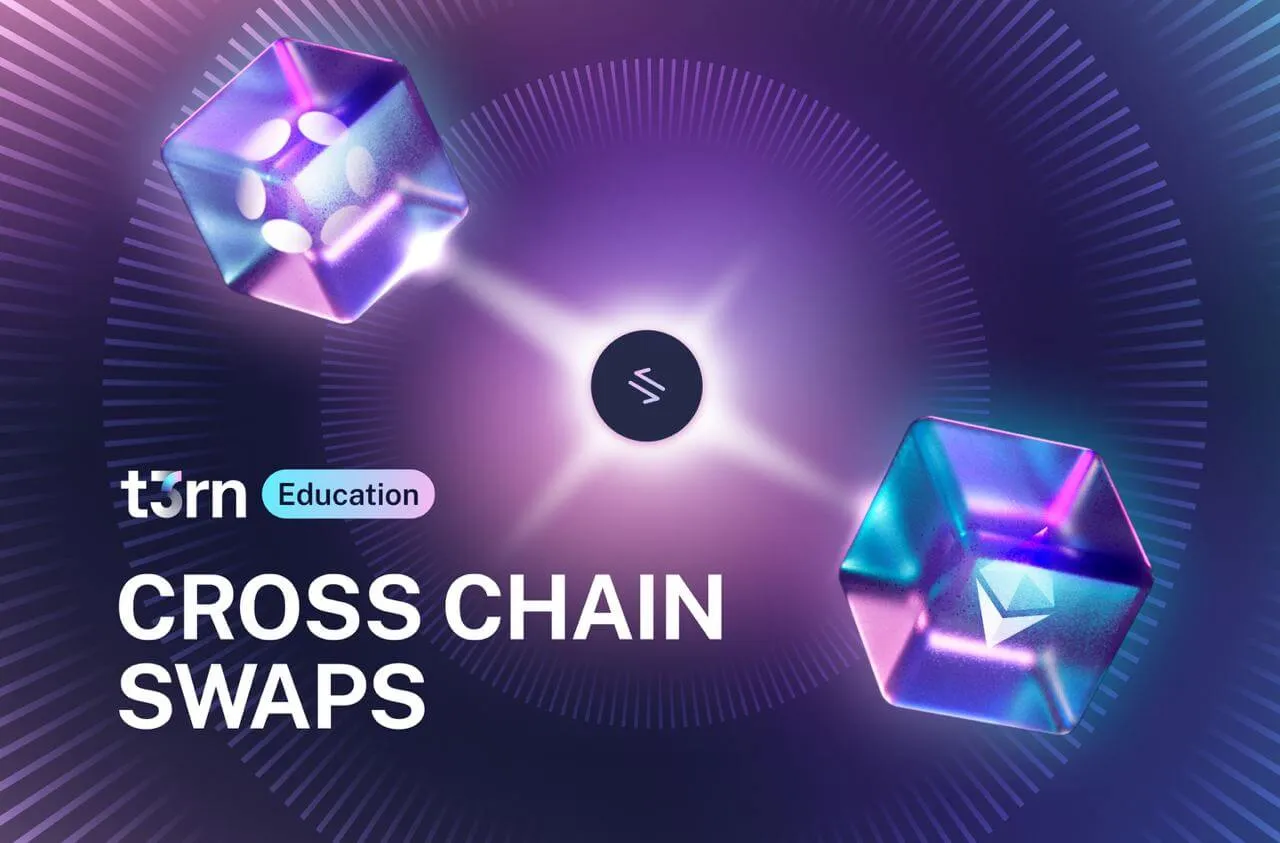
Complex Asset Transfers: Moving assets between chains typically involves numerous steps, bridging protocols, and exposes users to potential security risks.
-
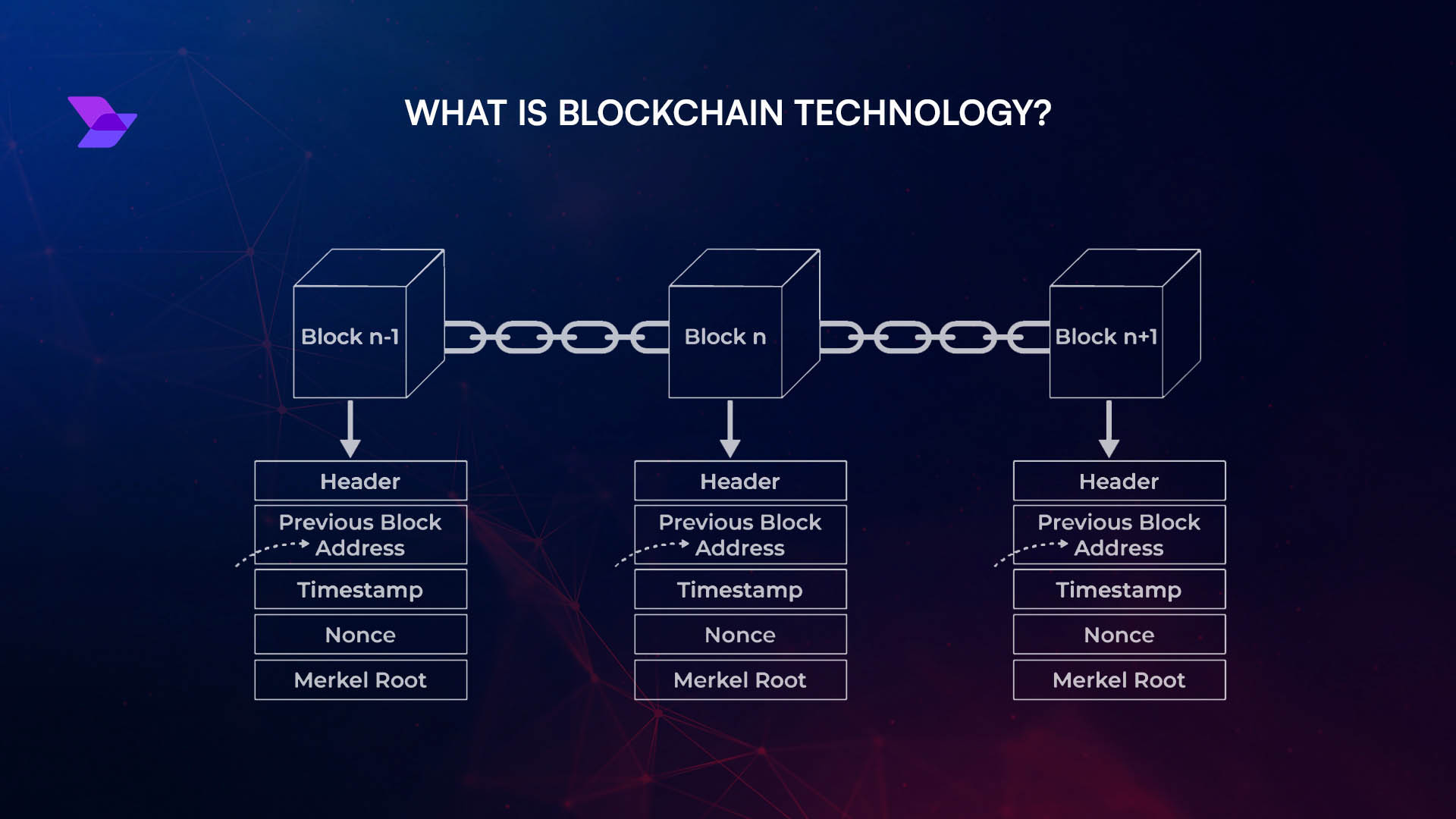
Inconsistent Governance Models: Each app-chain may have its own governance structure, making it challenging for users to participate and understand decision-making processes across ecosystems.
-
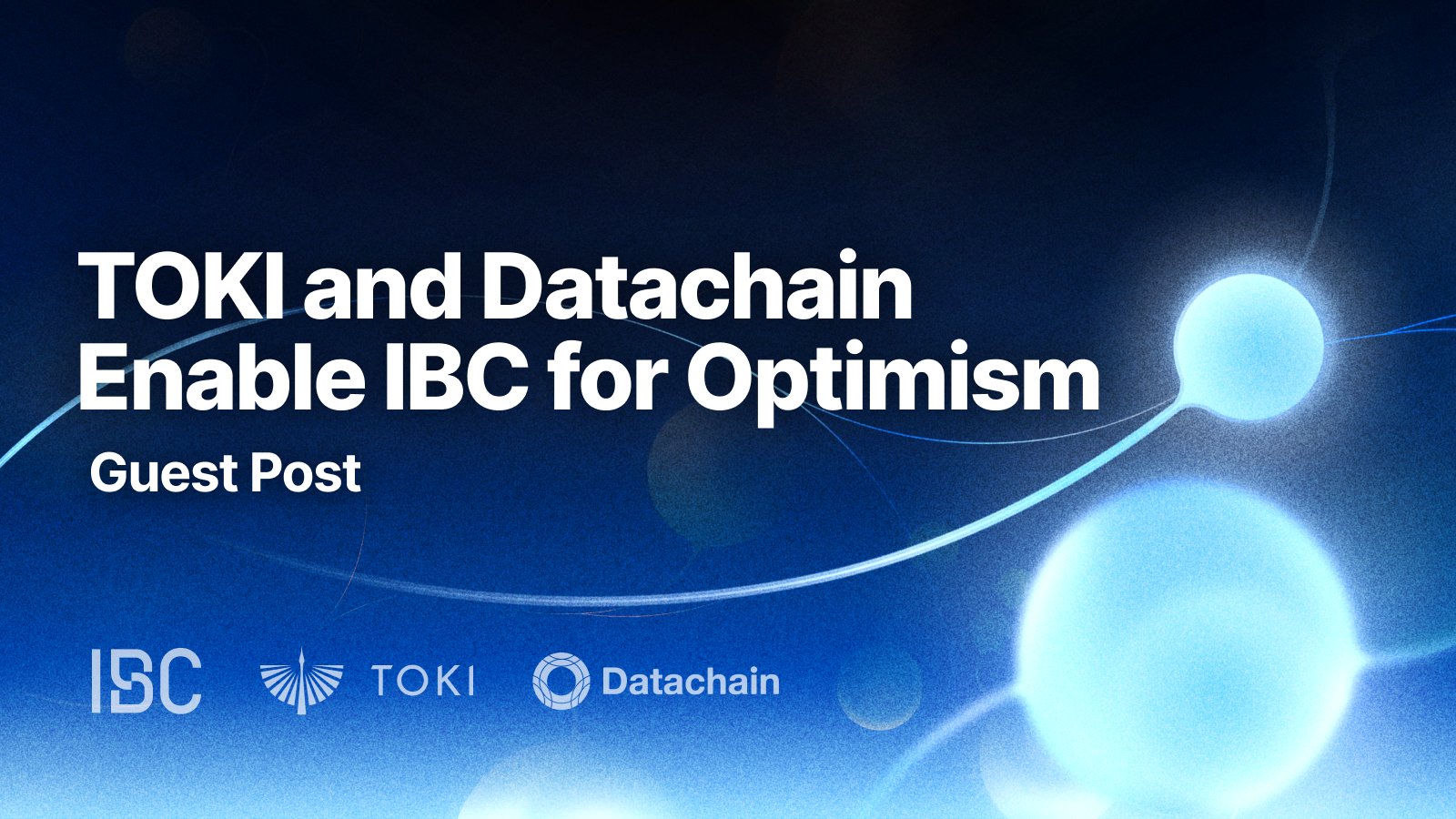
Lack of Standardized Communication Protocols: Without widely adopted standards like IBC, seamless and secure communication between chains remains difficult, limiting interoperability.
-
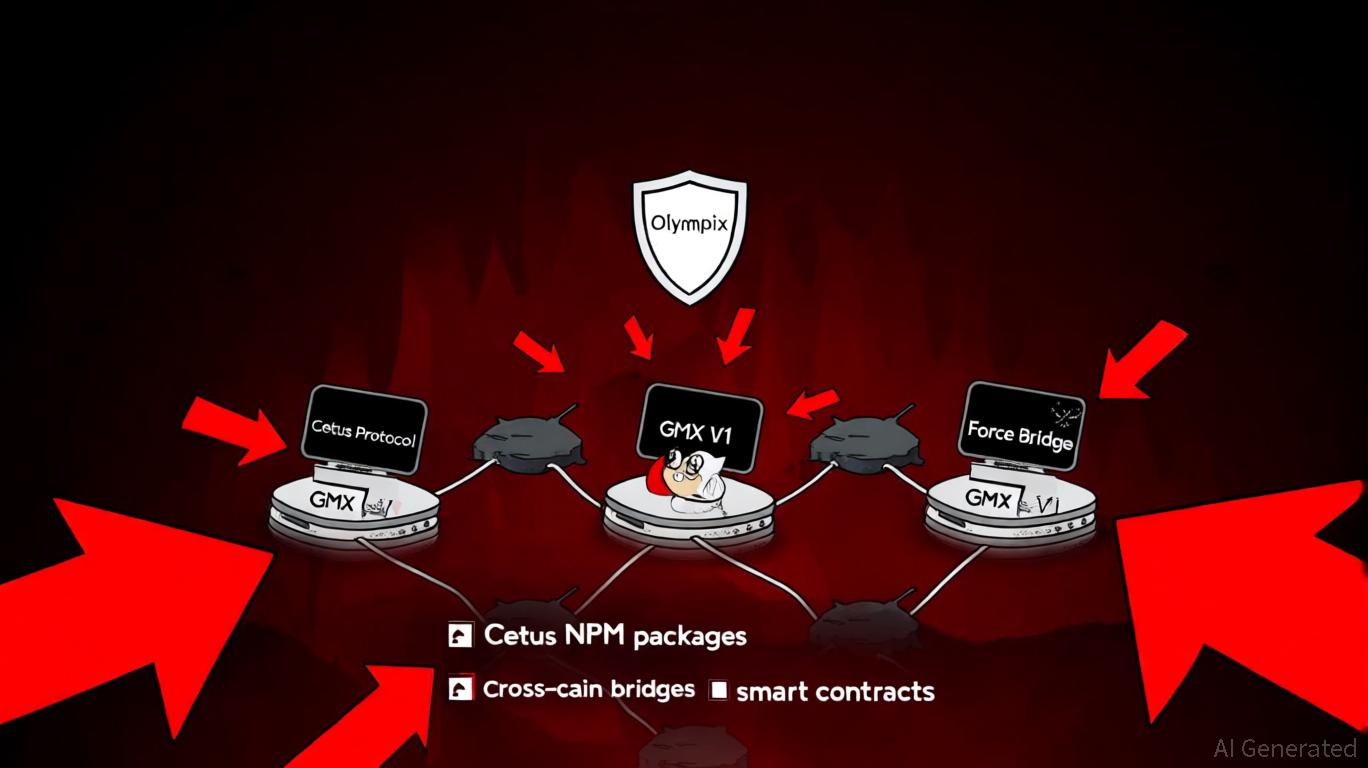
Security and Trust Assumptions: Cross-chain operations often rely on trusted intermediaries or custodians, which can introduce vulnerabilities and undermine decentralization.
User education will be paramount as more sophisticated interoperability tools are introduced. Developers must prioritize intuitive design and clear onboarding processes to avoid alienating non-technical users. Additionally, ongoing security audits of bridging protocols are essential to maintain trust as liquidity flows freely across chains.
The next generation of sovereign appchains must focus on delivering experiences that rival or surpass Web2 standards while preserving the core values of decentralization and user sovereignty. As solver-based protocols and programmable sequencers mature, we can expect even greater reductions in friction, bringing us closer to a truly interoperable Web3.
Building Together: Community-Driven Innovation
The journey toward optimal inter-chain UX is inherently collaborative. Open standards like IBC thrive on community contributions, while interoperable governance frameworks invite broader participation from diverse stakeholders. As these technologies evolve, so too will our collective capacity to shape user-centered ecosystems that are both powerful and accessible.
Sovereign governance need not come at the expense of usability. With thoughtful integration of unified wallets, standardized protocols, modular architecture, and trustless bridges, developers can craft interconnected networks where users move effortlessly between worlds, each chain retaining its unique identity yet contributing to a cohesive whole.






